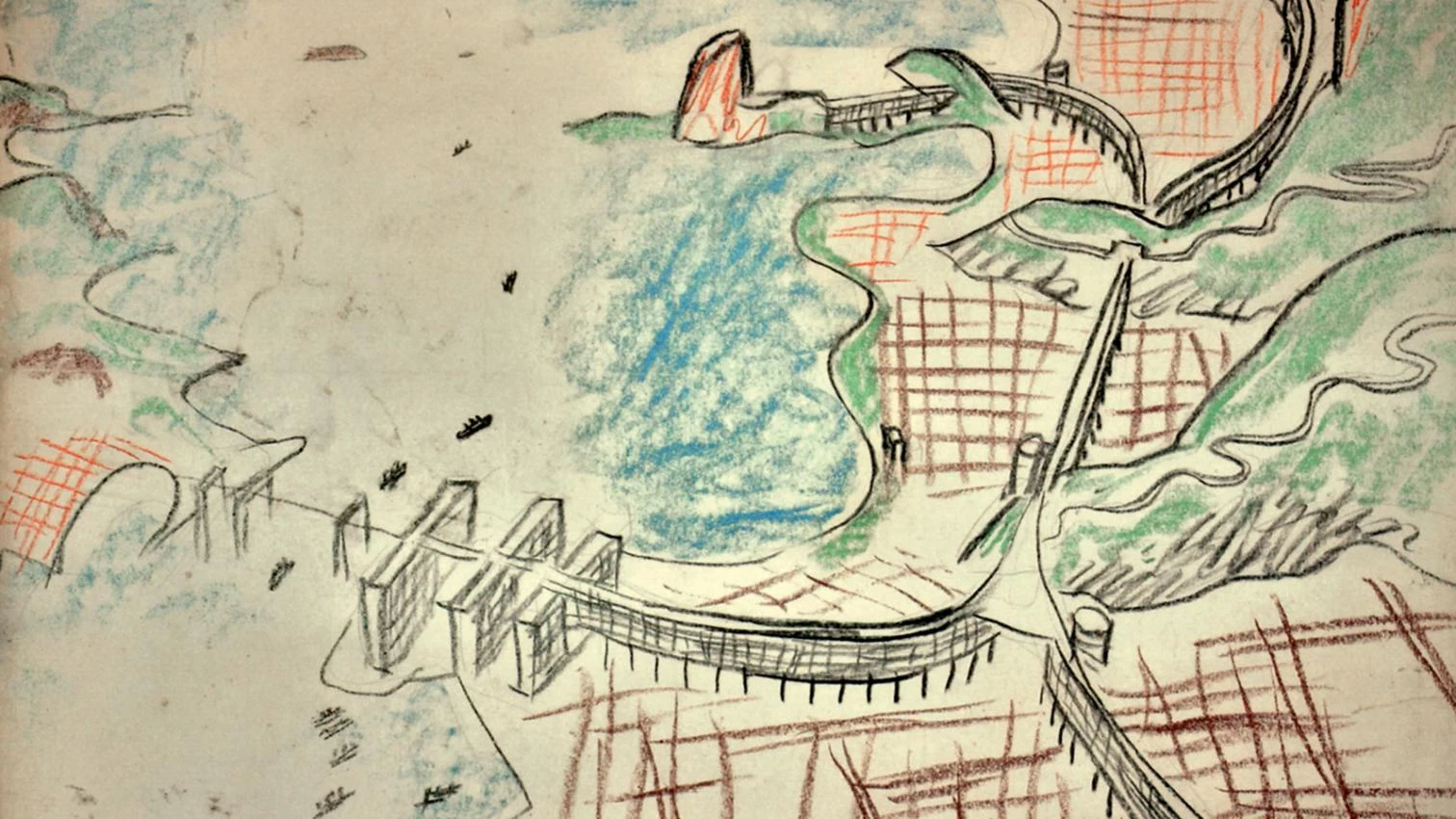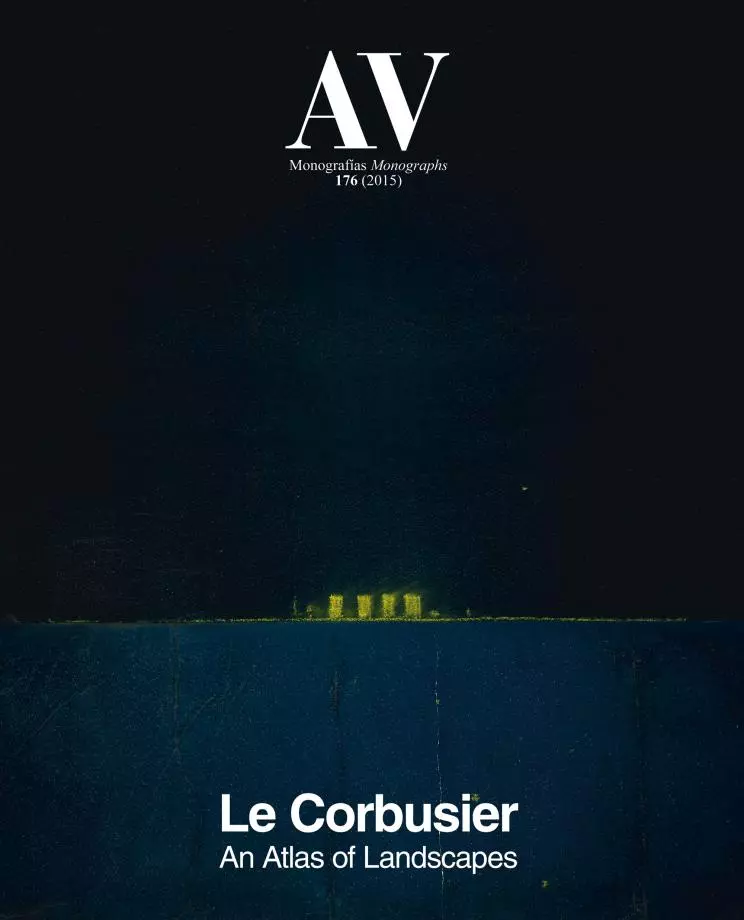
Rio de Janeiro was a port of call on Le Corbusier’s way to Argentina in October 1929, and the Swiss architect then likened its urbanization to “filling the tub of the Danaids.” The scenery was not alpine; nonetheless, he found it “violent and sublime.” Two months later he spent a week in São Paulo and another in Rio, lured to Brazil by rumors of Planaltina, a new capital in the making. He walked, drove, sailed, flew. He drew, wrote, photographed, and filmed. Comparing the land to a shapely body, he remarked that the “sinuosities” of the São Paulo plateau were “nipplelike” and the mountains of Rio “advanced toward the sea like the fingers of a hand.” The roundness of men and women mirrored that of rocks in his Carioca drawings, bringing to mind the Deucalion legend.
The otherness of the topography and climate was heightened by the shapes, textures, and colors of plants and buildings. Skyscrapers had been rising in the downtowns of Rio and São Paulo since 1927; together with the scattered spires of azulejo-clad Baroque churches, they accented an eclectic urban fabric that included favelas on hillsides and tenement houses lining streets. Looking for authenticity, Le Corbusier toured favelas and bordellos as well as museums and libraries. He admired the common people, mingled with the elite, lectured to the intelligentsia, listened to the vanguard, and was impressed by Oswald de Andrade’s 1928 ‘Manifiesto Antropófago’ (‘Cannibalist Manifesto’): one ate one’s enemies to assimilate their virtues and the virtues of those they had eaten, one’s own ancestors most probably among them; refuse was implied, as much as communion with aliens...





